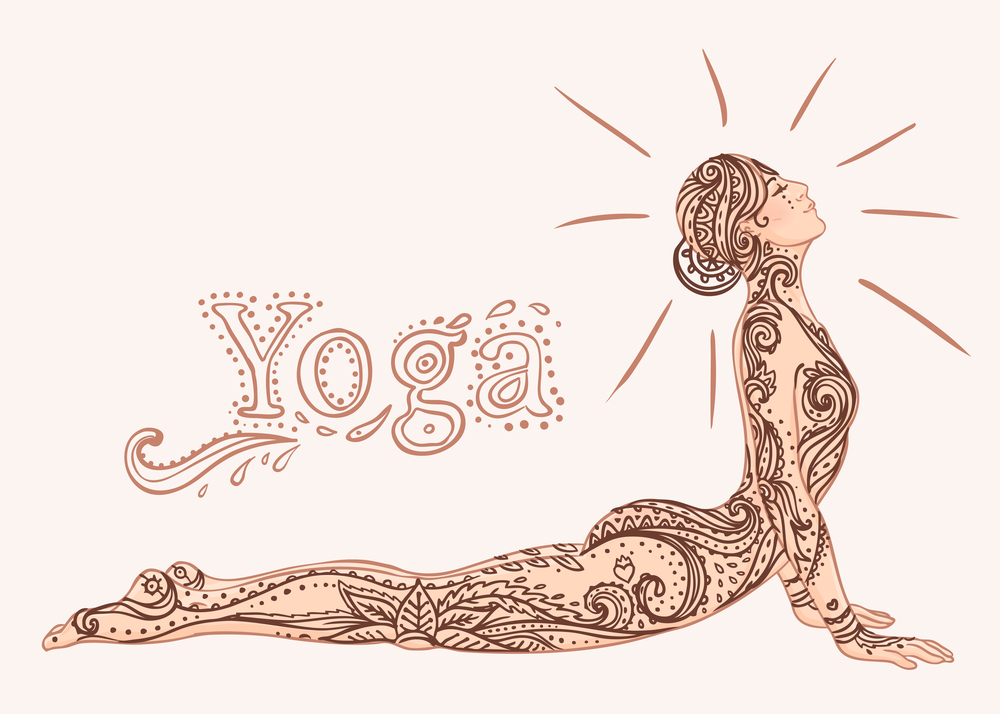What to Consider When Considering Yoga | Part II
Thanks for coming back for Part II 🙂
For those of you jumping in just now, Part I of Considering Yoga was about my positive experience and change for the better that came with practicing yoga. Now we’re going to focus more on some basic yoga info so you can choose what’s best for you.
Like I’ve said before, yoga knows no shapes, sizes, or ages, yoga is for everyone, and even if you don’t know what is best for you now, your body will tell you, just listen to it and try and try again, don’t give up, find your move. 🙂
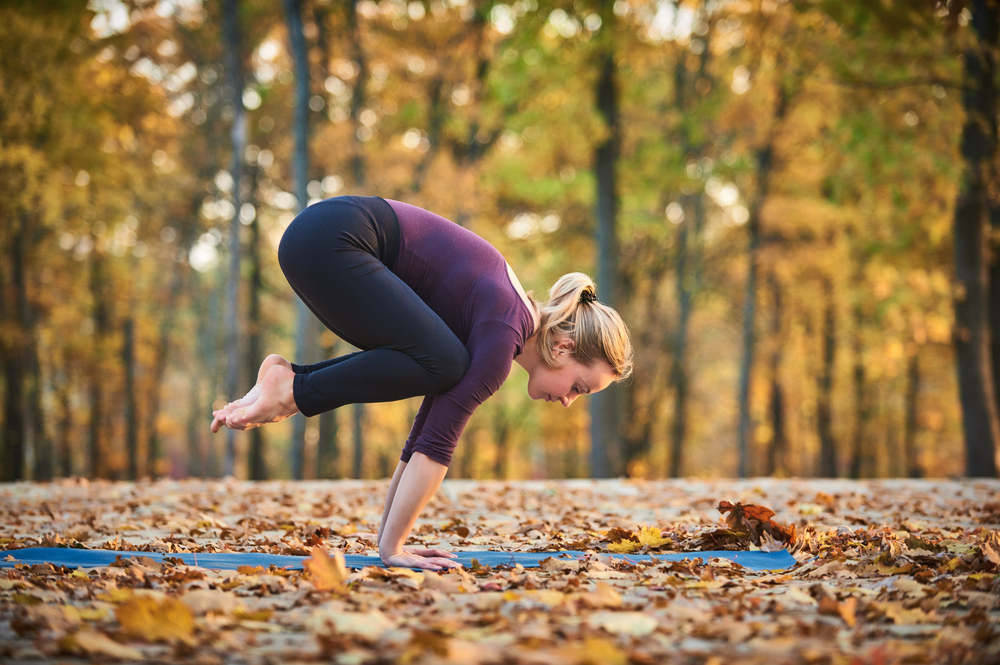
Even though yoga works on uniting mind, body, and spirit, you don’t have to be a spiritual person to practice yoga, it will still do wonders for you. You don’t need to abandon your religion or start praying even though you never did, this is not what yoga is about. It’s about feeling better and being better and healthier, inside and out. Like I’ve said, yoga is for everyone.
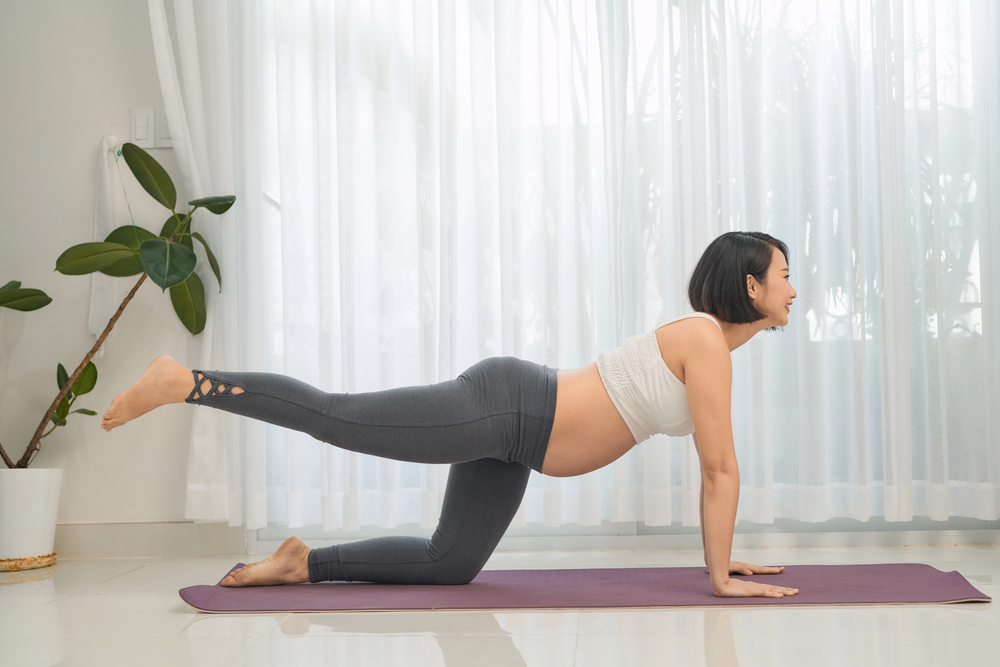
Today, yoga emphasizes the asana (posture) and pranayama (breath). Yoga classes vary from fast-paced and athletic to meditative and still, each aiming to:
• Improve physical health
• Support mental well-being
• Creating self-awareness
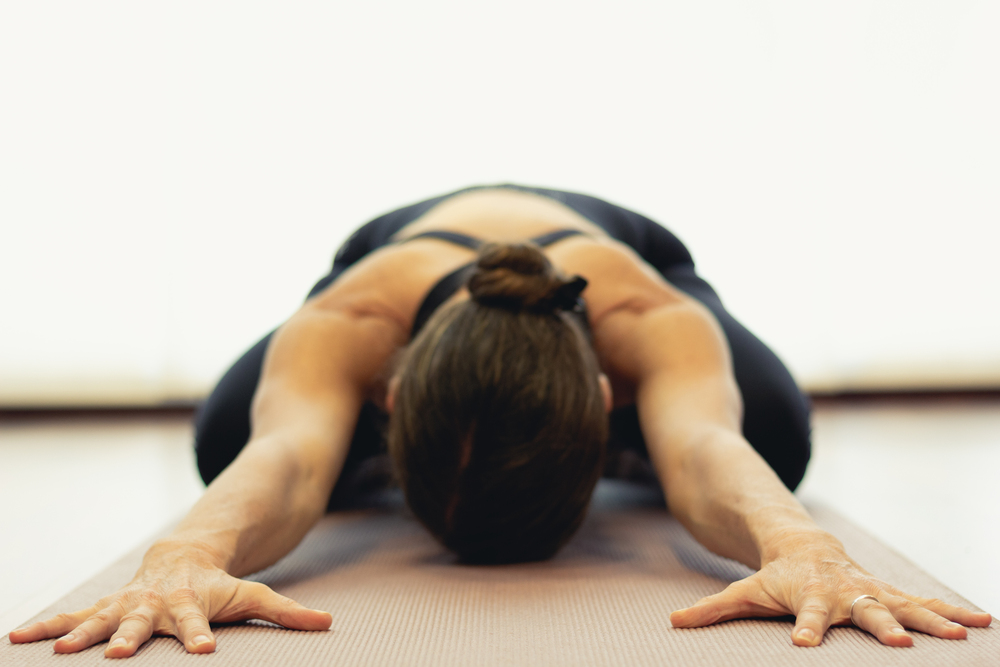
So, what are some benefits of yoga?
Physically, yoga can:
• Increase flexibility and strength
• Improve balance and posture
• Support heart and joint health
• Aid recovery from injury
• Improve immune response
Mentally and emotionally, yoga can:
• Reduce stress and anxiety
• Improve focus and mood
• Boost mindfulness and emotional resilience
Spiritually, it may:
• Foster a sense of connection
• Deepen self-inquiry and peace
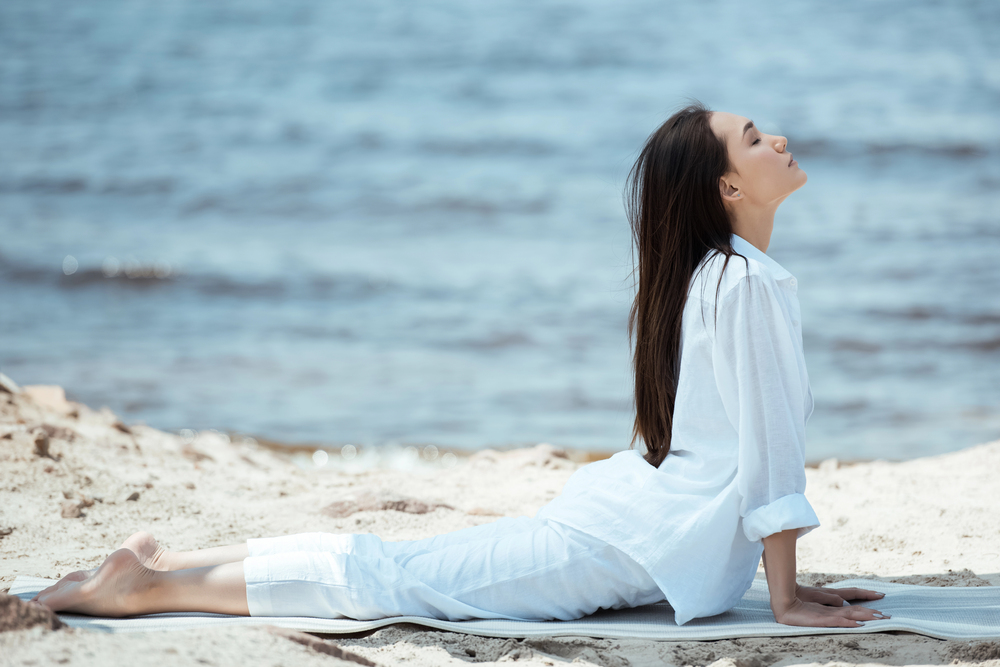
Ok, so today we have many, many types of yoga, but we’ll mention some basic and most common ones:
• Hatha Yoga
Often considered the foundation of all yoga, Hatha focuses on basic postures and breathing techniques. It’s a great starting point for beginners due to its slower pace and emphasis on alignment.
• Vinyasa Yoga
Vinyasa is known for its fluid transitions between poses, synchronized with breath. It offers a dynamic experience, ideal for those who enjoy movement and creativity in their practice.
• Ashtanga Yoga
This is a physically demanding style that follows a strict sequence of poses. Ashtanga is suited for disciplined practitioners who enjoy structure and repetition.
• Power Yoga
A modern, fitness-oriented take on Ashtanga, Power Yoga builds strength, endurance, and flexibility. It’s perfect for those looking for a workout as much as a yoga session.
• Iyengar Yoga
Focused on precision and alignment, Iyengar uses props like blocks and straps to help practitioners achieve proper form. It’s especially beneficial for injury recovery or anyone who appreciates detail and control.
• Kundalini Yoga
This style emphasizes spiritual awakening through breathwork, chanting, and meditation. It’s energizing and introspective, ideal for those exploring the deeper dimensions of yoga.
• Yin Yoga
In Yin, poses are held for several minutes to stretch connective tissues and promote relaxation. It’s a slow, meditative style that enhances flexibility and calms the nervous system.
• Restorative Yoga
Designed for deep rest, Restorative Yoga uses props to fully support the body in gentle poses. It’s excellent for stress relief, healing, and emotional balance.
We’ll stop here, but of course if you want to dive in more deeply, yoga info is easily accessible anywhere, and I’m sure you will find some amazing facts about yoga, because it still hasn’t ceased to amaze me. 🙂
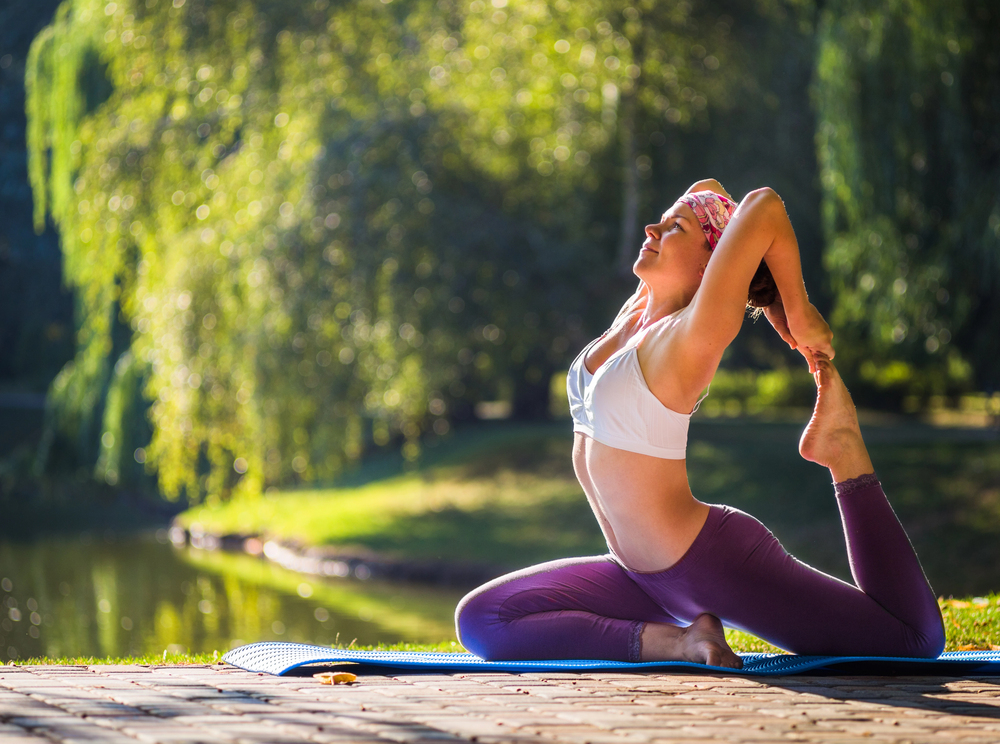
I hope I succeeded in making you consider yoga because it did wonders for me, and I’m sure it will do the same for you. 🙂
In truth, yoga doesn’t take time – it gives time.”
– Ganga White
